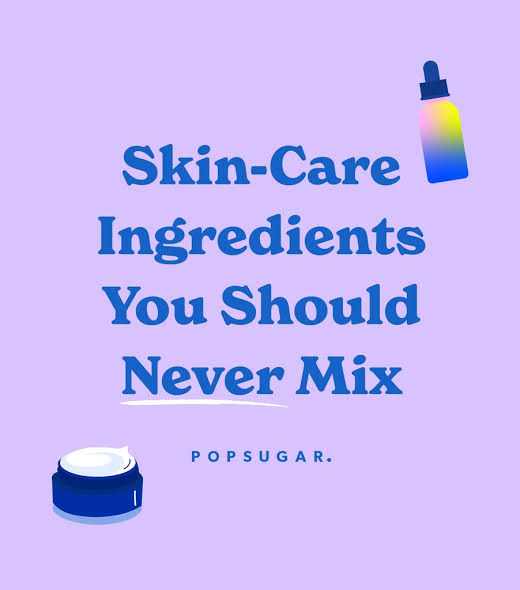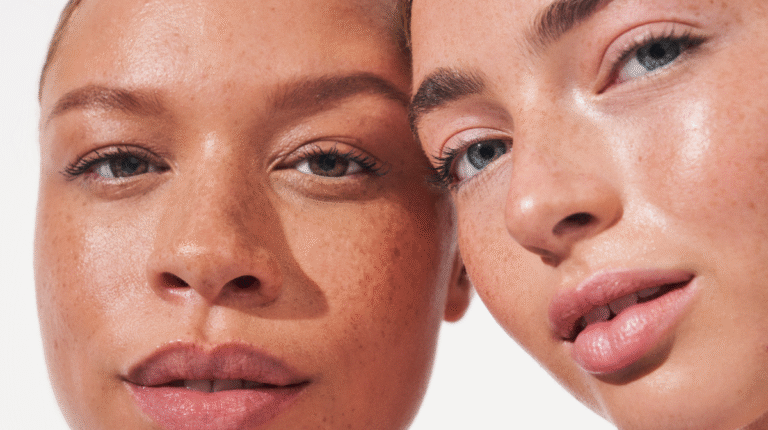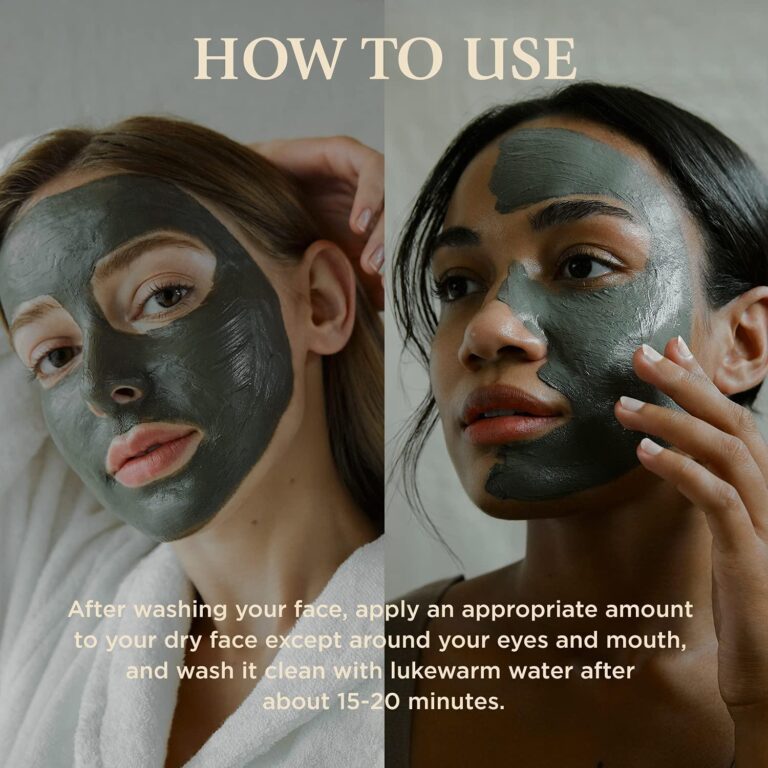
We all know oil and water don’t mix—but did you know that both vitamin C and retinol are a literal recipe for beauty disaster? Learn about skin care ingredients that you should never mix.
Have you started creating a skincare routine, or maybe you’re revamping the routine you’ve been following for years? Regardless, when choosing new skin care products, it is essential to know which ones will blend and stack well together. Depending on your skin type, it can be difficult to know which products complement each other best, and you may go through some trial and error. Here, we guide you through your new skincare routine with a list of skincare ingredients you shouldn’t mix together.
Skin care ingredients you should never mix

Oil and Water
First, the clearest formula we all know doesn’t mix: oil and water. Oil resists water, so if you try to layer a water-based product on top of an oily product like an ointment, a thin film will be left on your skin that prevents the water from absorbing. If you must use these two products in your routine, layer the oily product over the watery product. But in general, stick to using aquatic products and serums together.
Vitamin C, AHAs and
BHAs AHAs and BHAs, such as glycolic, salicylic and lactic acids, should never be used with vitamin C. Vitamin C is also acid and unstable, so the pH balance will be thrown off by putting these ingredients together and may also be useless.
Retinol and Vitamin C
Retinol should not be used with Vitamin C, as they are both active ingredients. Retinol helps build collagen but also regenerates skin cells, so using it in combination with an acid like vitamin C can cause more irritation. Instead, use retinol at night and vitamin C during the day. Retinol tends to work best with hydrating ingredients like hyaluronic acid, ceramides, and SPF.
Vitamin C and niacinamide
Niacinamide and Vitamin C are found in some multi-ingredient serums as antioxidants, but it’s never a good idea to combine them together. Both ingredients are helpful in improving acne, but when used together, they can actually lead to pimples and their beneficial properties can be reduced. If you have to use them together, apply them at least 10 minutes apart.
Alpha Hydroxy Acids, BHAs, and
Retinol Retinol with these acids is a literal recipe for disaster, leaving your skin dry and irritated, because the main function of AHAs and Amino Acids is to exfoliate, which is what retinol actually does effectively. It is best to mix AHAs and AHAs with moisturizing ingredients and SPF.
Niacinamide and AHAs and BHAs Niacinamide
used with alpha hydroxy acids and beta hydroxy acids together has no effect and can cause redness. Since niacinamide has a pH of about 5-7, it can actually raise the lower pH of acids, which is around 3-4, canceling out its properties. When used separately, both ingredients can help with skin texture, acne and signs of aging, so we encourage you to keep using them.
Retinol and Benzoyl Peroxide
Benzoyl peroxide and retinol deactivate each other, so they should not be used together.
GLYCOLIC ACID AND SALICYLIC ACID
Using these two ingredients together is probably not a good idea at all because they both remove dead skin cells – using them can cause a lot of irritation and destroy the skin barrier. Use one and follow with a moisturizing product.







